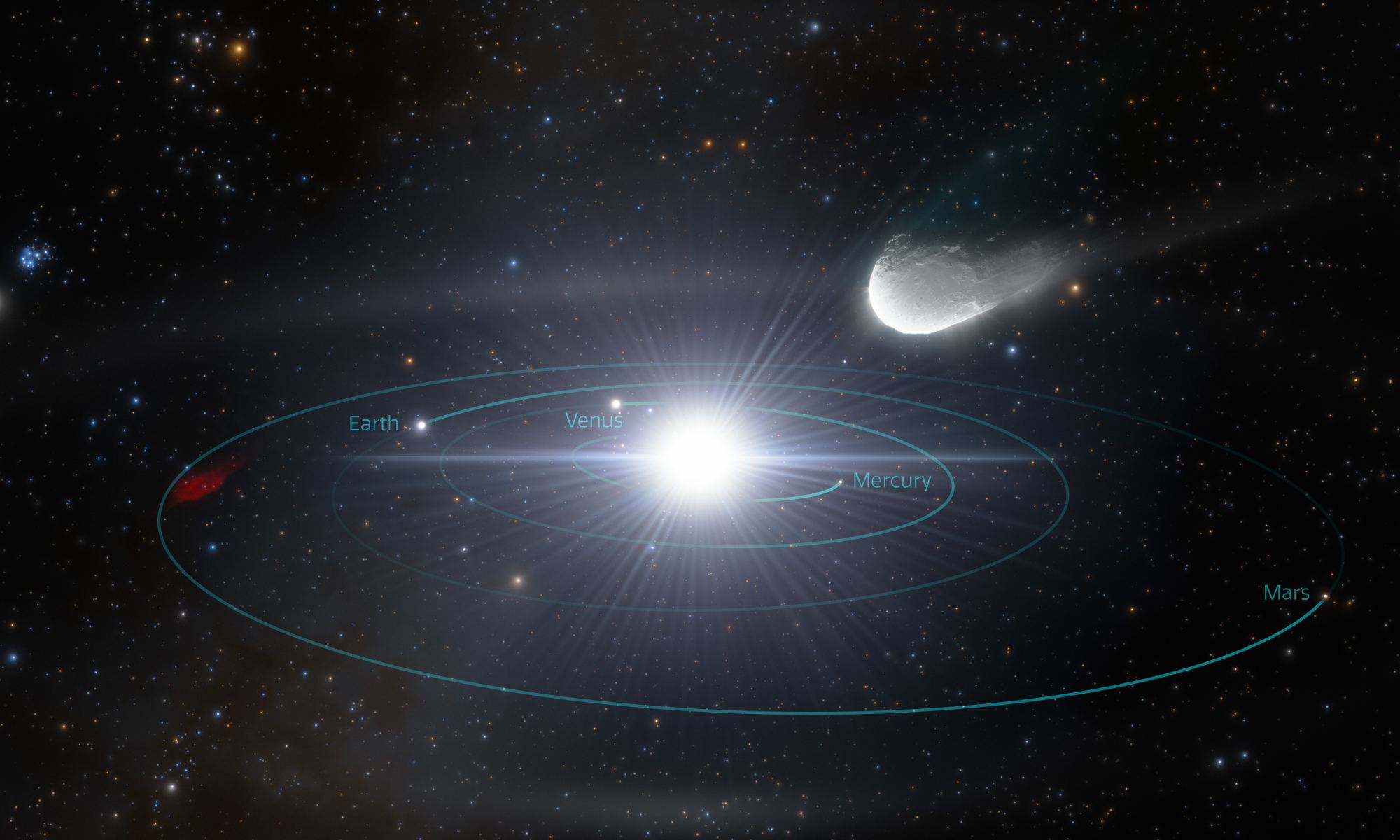Exomoons are a hot topic in the science community, as none have been confirmed with astronomers finding new and creative ways to identify them. But while astronomers have searched for exomoons orbiting exoplanets around single stars like our Sun, could exomoons exist around exoplanets orbiting binary stars? This is what a recent study submitted to The Astrophysical Journal hopes to address as a team of researchers from Tufts University investigated the statistical likelihood of exomoons orbiting exoplanets with two stars, also known as circumbinary planets (CBPs). This study holds the potential to help researchers better understand methods needed for identifying exomoons in a variety of exoplanetary systems.
Continue reading “Could Planets Orbiting Two Stars Have Moons?”Could Planets Orbiting Two Stars Have Moons?










